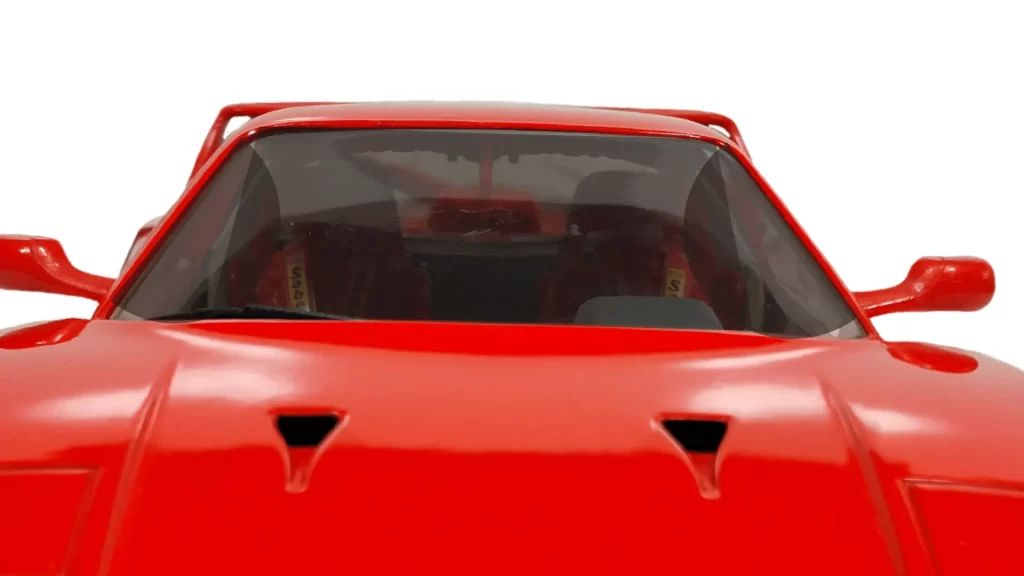Window tinting is applying a thin film to the windows of a vehicle to reduce the amount of light that passes through. The degree to which the film blocks light is measured by the visible light transmission (VLT) percentage. For example, a window tint with a 55% VLT rating means it allows 55% of light to pass through, while blocking the remaining 45%.
In terms of practical application, a 55% window tint is considered a medium level of tint. It provides a moderate level of privacy and glare reduction, while still allowing a good amount of natural light to enter the vehicle. This makes it a popular choice for drivers who want a balance between privacy and visibility.
For the legality of window tinting, the rules vary by state. Most states allow for a 55% window tint on the front windows of a vehicle, with some exceptions such as Alaska, California, Delaware, Iowa, New York, Pennsylvania, Rhode Island, Washington D.C., New Hampshire, New Jersey and Vermont. On the other hand, it is usually allowed on the side and rear windows in most states. It is important to check with your local Department of Motor Vehicles (DMV) for specific laws and regulations regarding window tinting in your state.
What does 55% tint look like?
A window tint with a 55% VLT rating will appear medium dark when applied to a window. It will block a significant amount of light, but not as much as a darker tint, such as a 20% tint or 5% tint. The exact appearance of the tint may vary based on factors such as the color of the film, the type of film used, and the color and material of the window it applies to. A 55% tint will have a noticeable effect on the amount of light that enters the vehicle, but it will not completely obscure the view from inside or outside the vehicle.

Car Window Tint Percentage Visualization Tool
Select a percentage value from 1 to 100 to see how dark it is:
Selected Percentage:
Use the basic window tint visualization tool above to see how dark 55% tint is. Set the value to 55 and the tool will simulate the tint percentage for the most common black tinting film. However, for other tint colors, use our advanced tint percentage visualization tool.
Can you see through 55% tint at night?
You should be able to see through a 55% tint at night, although the visibility may be slightly reduced compared to a clear window. The amount of light that is blocked by the tint will depend on the specific film and the lighting conditions. For example, in low light conditions or at night, the tint may appear darker and block more light than it would during the day. However, the visibility should still be good enough to see through the tinted window, provided there is some ambient light present.
How much does 55% auto tint cost?
The cost of tinting an auto with 55% tint will vary depending on several factors, such as the size of the windows being tinted, the type of film used, and the location of the installation. On average, you can expect to pay anywhere from $100 to $400 or more to have a 55% tint applied to your vehicle's windows, depending on these factors. Shop around and get quotes from multiple tinting companies to find the best price for your specific needs.
Is 55% tint worth it?
Whether a 55% tint is worth it will depend on your personal preferences and needs. Some benefits of a 55% tint include increased privacy, reduced glare, and protection from harmful UV rays. If these are important considerations for you, then a 55% tint may be worth the investment. On the other hand, if you prefer a more open, airy feeling in your vehicle and do not need the additional privacy or glare reduction, a lighter tint or no tint at all may be a better choice for you. Ultimately, the decision to tint your windows is personal and should be based on your own priorities and needs.
Conclusion
A window tint with a 55% VLT (visible light transmission) rating means it allows 55% of light to pass through, while blocking the remaining 45%. This level of window tint is generally permitted on the front windows of vehicles in most states, with a few exceptions such as Alaska, California, Delaware, Iowa, New York, Pennsylvania, Rhode Island, Washington D.C., New Hampshire, New Jersey and Vermont. On the other hand, it is usually allowed on the side and rear windows in most states. It is important to check with your local DMV for specific laws and regulations regarding window tinting in your state.

